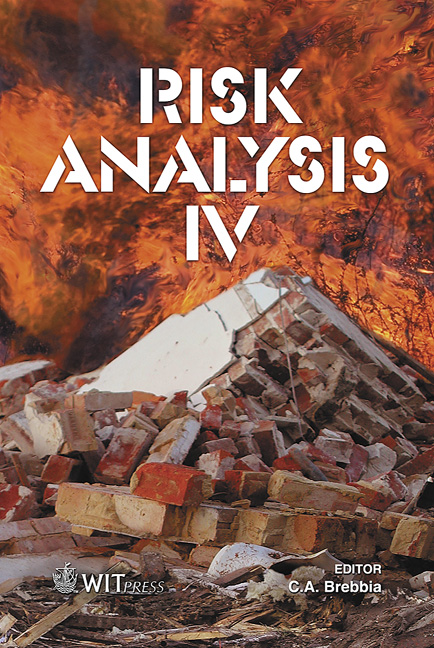Hazard Assessment In Dynamic Slope Stability Analysis
Price
Free (open access)
Transaction
Volume
77
Pages
10
Published
2004
Size
341 kb
Paper DOI
10.2495/RISK040041
Copyright
WIT Press
Author(s)
C. Cherubini, F. Santoro & G. Vessia
Abstract
The estimate of risk in urban planning activities should cover a primary role in order to avoid natural disasters. The risk assessment results from the product between the vulnerability of the value at risk and the hazard. The hazard measures the probability of the occurrence of the adverse natural event for human lives and activities, such as flood, slides, earthquakes, etc. Therefore the most important point in risk assessment is the hazard evaluation. Here the hazard of landslides generated by seismic events are investigated. The stability of a slope during or after a seismic event can be studied by means of different methods according to the approximation accepted. In fact the pseudo-static approach estimates the stability of a slope under dynamic loads by the dynamic safety factor. It results from the pseudo-static approach, by means of the ratio between the shear strength of the soil and the stress condition induced by seismic loads. This approach is not able to account for either the seismic displacements of the slope or the influence of the duration and the time variation of the seismic struck acceleration over the slope displacements. These latter two aspects of the problem are the most critical points to deal with in seismic slope stability. In this paper Newmark’s method has been employed for studying the stability under seismic conditions of a slope in Pomarico’s village. The physical and mechanical soil properties are accounted for as random variables in order to estimate the failure probability and the reliability index of the permanent displacements estimated. Keywords: hazard assessment, dynamic slope stability, pseudo-static method, sliding block method, inherent variability, random field, Montecarlo method.
Keywords
hazard assessment, dynamic slope stability, pseudo-static method, sliding block method, inherent variability, random field, Montecarlo method.





